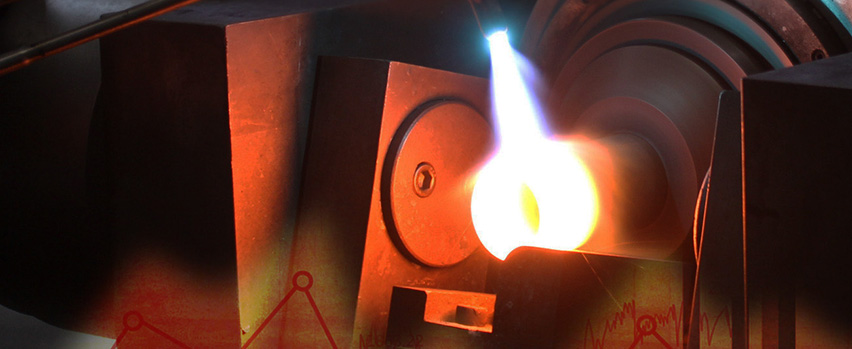To ensure consistent wall thickness, size, and volume, most sample bottles are made of seamless tubes, but depending on your specific sampling needs, some other variables need to be considered. You can work with the cylinder supplier to select the right type. Some characteristics to be considered when selecting cylinders include:
# Easy to operate quick connector. It can connect and disconnect with the sampling point safely and efficiently.
# Smooth transition inside the neck. To help eliminate residual liquid and make the cylinder easy to clean and reuse.
# Suitable material composition and surface treatment. This is because special alloys or materials may be required, depending on the gas or liquefied gas being sampled.
# By pass line incorporated. It is very beneficial to remove the toxic sample residues and improve the safety of technicians. By means of a bypass line, the fluid flowing through the quick connect fitting can be purged to ensure that if spillage occurs when the cylinder is disconnected, the spillage consists of purge fluid rather than toxic samples.
# Durable design and construction. In order to carry out laboratory analysis, it is usually necessary to transport the sample bottles for a long distance.

How to fill the sample cylinder correctly
In most cases, it is suitable to fill the sample bottle in the vertical direction. The reasons are as follows.
If LPG samples are taken, the cylinders should be filled from the bottom up. If this method is adopted, all gases that may remain in the cylinder will be flushed out from the top of the cylinder, usually through the interruption pipe. If the temperature changes unexpectedly, the completely filled cylinder may break. On the contrary, when collecting gas samples, the cylinder should be filled from top to bottom. If this method is adopted, all condensate that may form in the pipeline can be flushed out from the bottom.